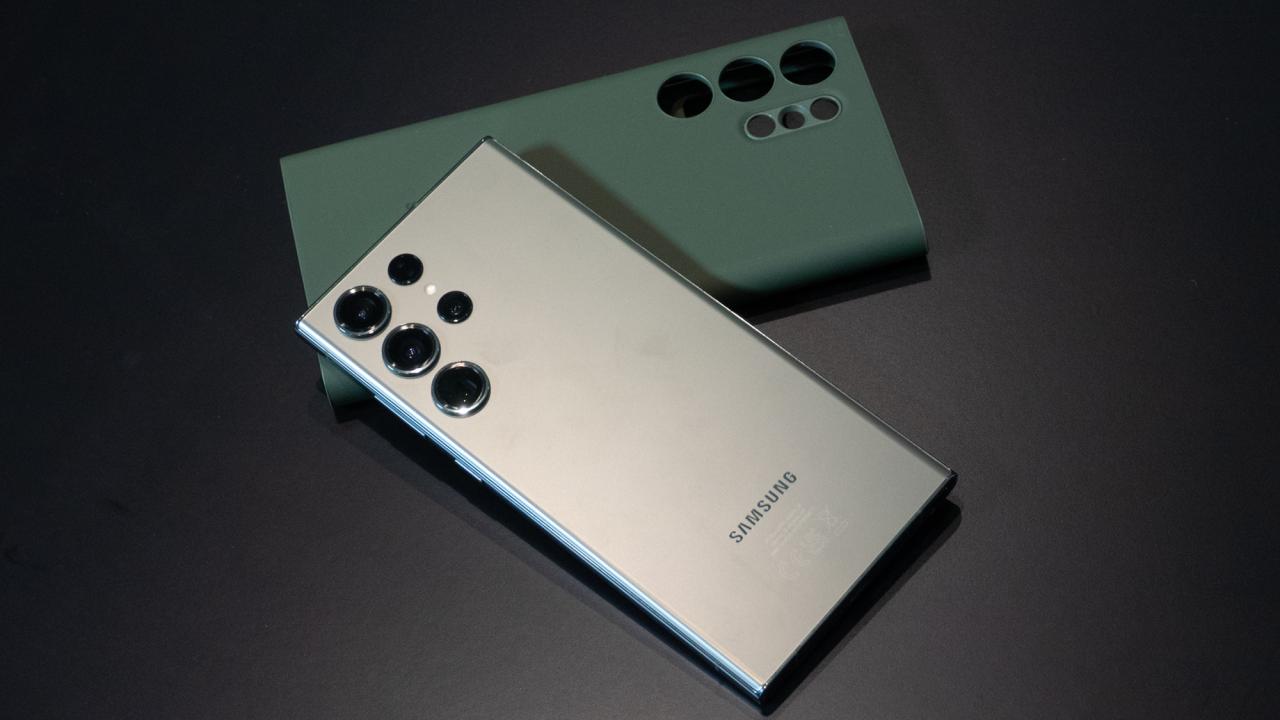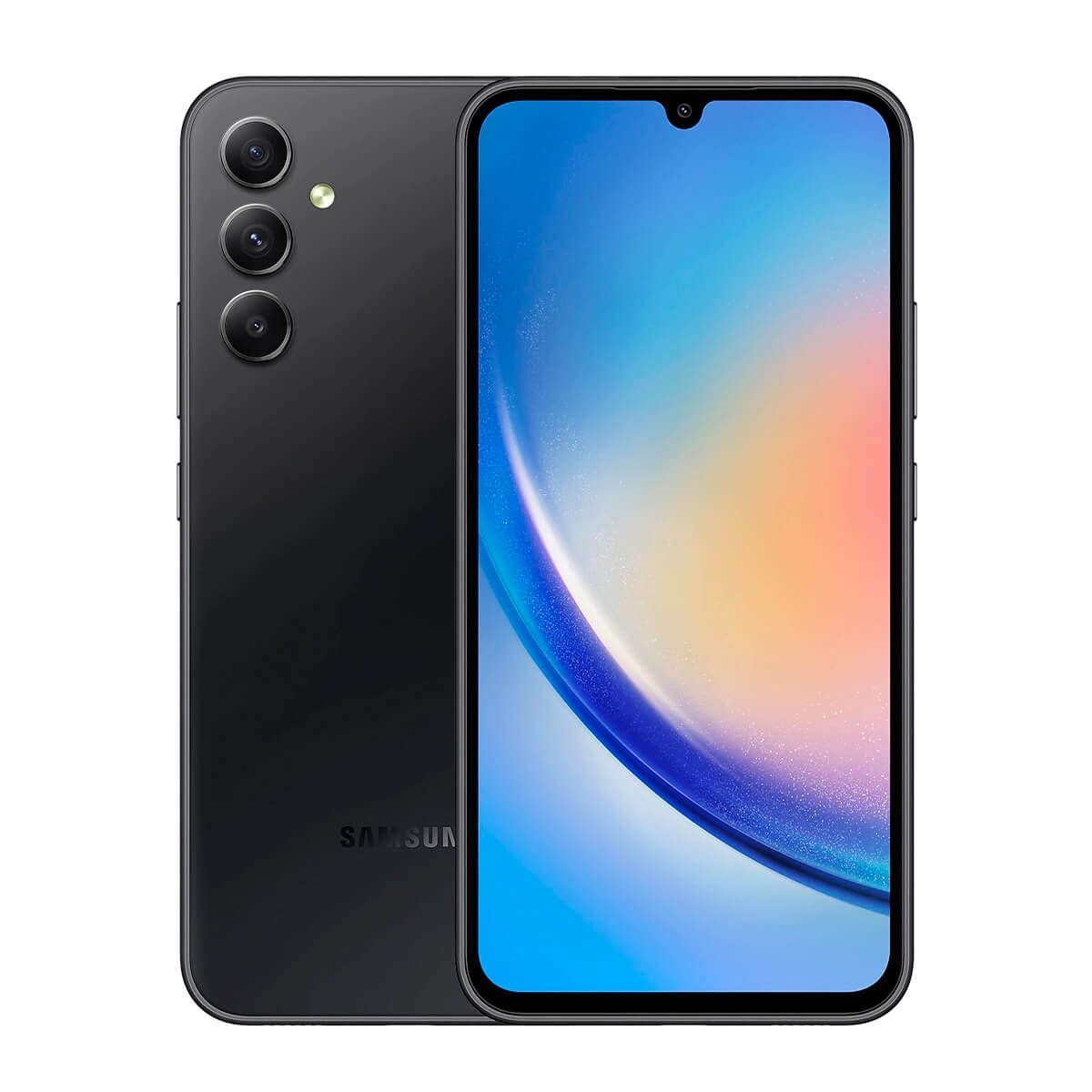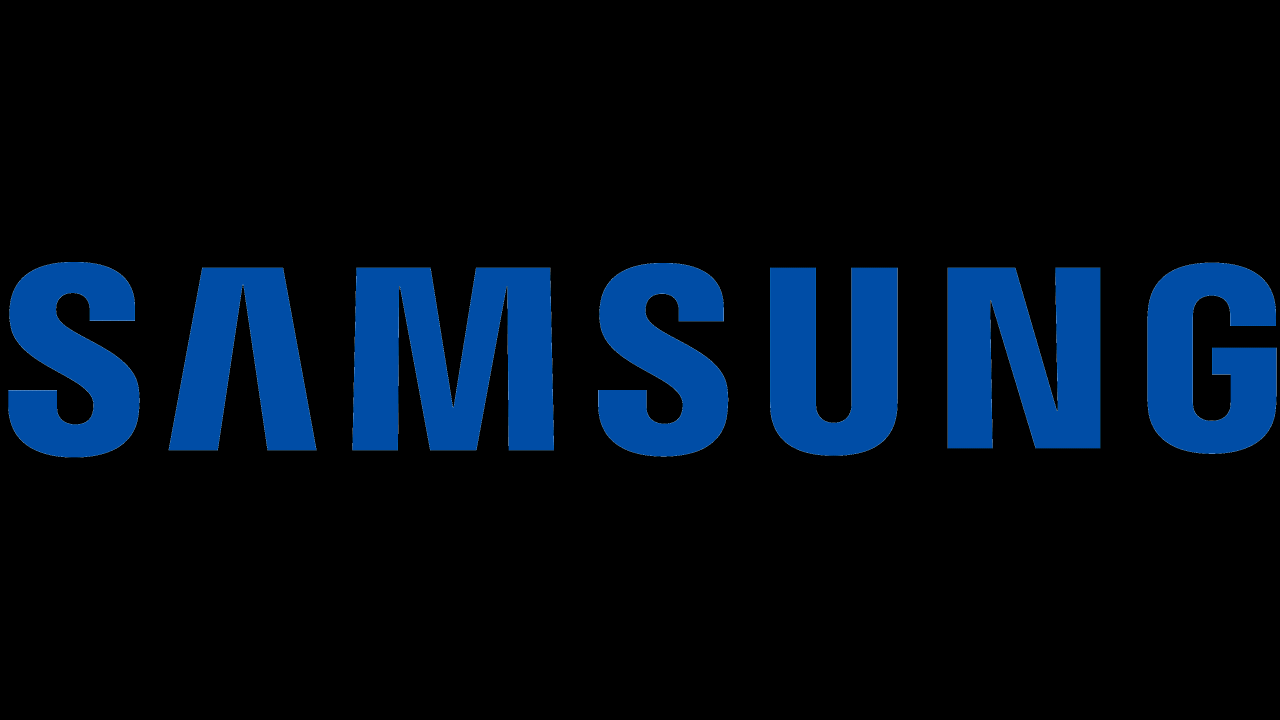Samsung Galaxy S 4 stands as a remarkable testament to smartphone innovation, captivating users with its standout features and impressive performance. This device, launched with much anticipation, includes a plethora of specifications, such as a robust processor, ample RAM, and advanced camera capabilities that elevate the user experience. As we delve deeper into its unique selling points, it becomes clear why the Galaxy S 4 holds a special place in the hearts of tech enthusiasts and casual users alike.
From its sleek design to intuitive user interface, the Samsung Galaxy S 4 promises not just functionality but an enhanced lifestyle, seamlessly integrating powerful technology and user-friendly features. The device’s performance in gaming and multitasking showcases its prowess, making it more than just a communication tool, but a platform for entertainment and productivity.
Features of Samsung Galaxy S4

The Samsung Galaxy S4 stands out as a flagship device that encapsulates innovation and performance. Launched in 2013, it was designed to cater to a wide array of users, boasting features that enhance usability, multimedia capabilities, and connectivity. Its combination of hardware and software designed to meet the needs of both casual users and tech enthusiasts solidified its place in the competitive smartphone market.
The Galaxy S4 is powered by an Exynos 5 Octa 5410 processor in many regions, or a Qualcomm Snapdragon 600 in others, catering to different performance requirements. It comes with either 2GB or 3GB of RAM, depending on the model, which allows for smooth multitasking and seamless app performance. The rear-facing camera boasts an impressive 13-megapixel sensor, enabling users to capture vivid images and videos, while the front-facing camera features 2 megapixels, ideal for selfies and video calls. The device also offers an array of connectivity options, including LTE support, NFC, and Wi-Fi capabilities.
Specifications Overview
The specifications of the Samsung Galaxy S4 highlight its capabilities and set it apart from competitors in the smartphone realm. The following key specifications encapsulate its technological prowess:
- Display: 5.0-inch Super AMOLED display with a resolution of 1920 x 1080 pixels, providing vibrant colors and deep contrasts.
- Processor: Exynos 5 Octa 5410 (8-core) or Qualcomm Snapdragon 600, ensuring rapid performance and energy efficiency.
- RAM: Available in 2GB or 3GB variants, allowing for effective multitasking and performance management.
- Storage Options: Comes with 16GB, 32GB, or 64GB of internal storage, expandable via microSD up to 64GB for additional space.
- Camera: 13 MP rear camera with features like autofocus, LED flash, and 1080p video recording, alongside a 2 MP front camera.
- Battery: 2600 mAh battery that supports up to 17 hours of talk time and 13 days of standby time.
Unique Selling Points
The Galaxy S4 integrates several unique features that distinguish it from its competitors, enhancing user experience and satisfaction. These points include:
- Smart Features: Equipped with Smart Scroll and Smart Pause, which allow the device to respond to user actions, such as scrolling through content or pausing videos based on eye movement.
- Air Gesture: Users can navigate the phone with simple hand gestures, making it convenient for tasks like scrolling through photo galleries without touching the screen.
- Multi-Window Capability: The Multi-Window feature allows users to run two apps simultaneously, enhancing productivity and multitasking capabilities.
- Adjustable Display Settings: Options like Adapt Display and Reading Mode adjust the screen settings for optimal viewing experiences in different environments.
- Health Features: Integration with Samsung’s S Health app enables users to track fitness and health data, promoting a healthier lifestyle.
“The Samsung Galaxy S4 redefines smartphone utility with its blend of innovative features and robust performance.”
User Experience and Performance
The Samsung Galaxy S4 redefined how users interact with smartphones, providing a fluid and intuitive experience that resonates with both tech enthusiasts and everyday users. By blending a powerful user interface with impressive performance metrics, it stands out in a competitive market.
User Interface and Navigation
The user interface of the Galaxy S4 is built on Samsung’s TouchWiz, which offers a colorful and vibrant display that enhances user engagement. Navigating through apps and features is seamless, thanks to a layout that prioritizes accessibility and ease of use. The device includes several innovative features such as Air Gesture and Smart Scroll, which allow users to navigate without physically touching the screen. This level of interaction promotes a more immersive experience, particularly for multitaskers.
Performance Benchmarks in Gaming and Multitasking
When it comes to performance, the Galaxy S4 is equipped with a powerful Qualcomm Snapdragon 600 processor, which ensures that it handles demanding applications with ease. In gaming scenarios, benchmarks have illustrated that the device can run graphics-intensive games at high settings without noticeable lag. Users often report smooth gameplay experiences in titles such as Asphalt 8 and Modern Combat 4, which require significant processing power and graphical capabilities.
Moreover, the multitasking performance is bolstered by 2GB of RAM, allowing users to run multiple apps simultaneously without experiencing slowdowns. The device’s ability to quickly switch between applications makes it a practical choice for professionals and gamers alike.
Battery Life and Charging Capabilities
The Samsung Galaxy S4 comes with a robust 2600 mAh battery, which has been designed to offer an impressive battery life under typical usage scenarios. Users can expect to enjoy a full day of use, even with extensive media streaming and gaming. In terms of charging capabilities, the device supports both wired and wireless charging options, adding versatility to its functionality.
The inclusion of features like Ultra Power Saving Mode allows users to extend battery life by disabling non-essential features, thus ensuring that the device remains functional even when battery levels are low. As a result, the Galaxy S4 not only meets daily demands but also adapts to users’ needs in various situations, making it a reliable companion.
Comparison with Other Models

The Samsung Galaxy S4 marked a significant evolution in the Galaxy lineup, showcasing advancements over its predecessor, the Galaxy S3. In this section, we will explore the differences and similarities between these models, evaluate how the Galaxy S4 compares with the latest Galaxy models, and examine its performance against rival brands during its time.
Comparison with the Galaxy S3, Samsung galaxy s 4
When comparing the Samsung Galaxy S4 to the Galaxy S3, several key differences and similarities stand out. Both models feature a sleek design and a vibrant Super AMOLED display, but the S4 enhances these attributes with a larger 5-inch screen compared to the S3’s 4.8-inch display.
- Processor and Performance: The Galaxy S4 is equipped with a faster quad-core processor, delivering improved multitasking capabilities and speed over the S3.
- Camera Quality: The S4 boasts a 13MP rear camera alongside advanced software features like Dual Shot and Sound & Shot, while the S3 has an 8MP camera.
- Battery Life: With a slightly larger battery capacity of 2,600mAh, the S4 provides longer usage between charges compared to the S3’s 2,100mAh battery.
- Software Features: The S4 introduced several new features such as Smart Pause and Air Gesture, which were not available on the S3.
Comparison with Latest Galaxy Models
The Galaxy S4, while innovative at its release, exhibits notable differences when placed alongside recent Galaxy models like the Galaxy S21 and S22. The enhancements in technology over the years highlight the rapid progression in smartphone capabilities.
- Display Technology: Modern Galaxy models utilize Dynamic AMOLED technology, offering better color accuracy and brightness compared to the S4’s Super AMOLED display.
- Camera Systems: The latest models feature multiple camera systems with advanced capabilities, including ultra-wide and telephoto lenses, vastly surpassing the S4’s single camera setup.
- Processing Power: The S4’s Snapdragon 600 processor is significantly outclassed by the powerful Exynos and Snapdragon 800 series processors found in recent models.
- 5G Connectivity: Unlike the S4, which is limited to 4G LTE, the latest models support 5G connectivity, providing faster internet speeds and improved network performance.
Performance Against Rival Brands
During its release, the Galaxy S4 faced competition from brands such as HTC, LG, and Apple. The S4’s features positioned it favorably against rivals like the HTC One and the iPhone 5.
- HTC One: The HTC One offered a premium aluminum design and impressive audio quality, but the S4’s versatility in features and camera performance gave it an edge in overall functionality.
- LG G2: With a powerful processor and innovative rear-button design, the LG G2 posed a strong challenge, yet the S4’s extensive software features and user interface were more appealing to many users.
- iPhone 5: While the Apple iPhone 5 provided a smooth user experience and robust app ecosystem, the S4’s larger display and customizable features attracted users who preferred more flexibility.
“The Galaxy S4 not only represented a leap in specifications but also set the stage for what was to come in the smartphone industry, making it a pivotal device in Samsung’s lineup.”
Software and Updates

The Samsung Galaxy S4, originally launched in April 2013, came with Android 4.2.2 Jelly Bean out of the box. Since its release, it has undergone several software updates, providing users with new features, security enhancements, and performance improvements. Over the years, the device has seen major updates, including an upgrade to Android 5.0 Lollipop, which introduced a redesigned interface and enhanced notification features.
The software experience on the Galaxy S4 is enriched by Samsung’s TouchWiz user interface, which adds various customizations and features that enhance usability. Users benefit from a range of applications and settings tailored to improve their daily interaction with the device, including multi-window support, Smart Stay, and an array of customizable widgets.
Operating System Versions and Updates
The Galaxy S4 has received several official updates and security patches since its launch. While the device was initially shipped with Android 4.2.2 Jelly Bean, it later received updates to Android 4.4.2 KitKat and then to Android 5.0 Lollipop. Each update brought about significant performance improvements and new features. Here is a brief overview of the major updates:
- Android 4.2.2 Jelly Bean: The initial OS version featuring enhanced notifications and Google Now integration.
- Android 4.4.2 KitKat: Introduced a more streamlined interface, improved performance, and support for immersive mode.
- Android 5.0 Lollipop: Provided a major visual overhaul with Material Design, enhanced notifications, and new battery-saving features.
Despite being several generations behind the latest Android versions, the Galaxy S4 remains functional, receiving some updates for security purposes.
Software Features and Customizations
Samsung’s TouchWiz interface offers a plethora of customizations and features that are user-friendly and enhance the overall experience. Among these features are:
- Smart Gesture Controls: Users can control the device using simple gestures, such as waving to scroll or answering calls with a palm swipe.
- Multi-Window Mode: Allows users to run two applications side by side, improving productivity.
- Ultra Power Saving Mode: Extends battery life by limiting functions and turning the display to grayscale.
- Adapt Sound: Customizes audio settings based on the user’s hearing preferences.
These features demonstrate the attention to user experience that Samsung has integrated into the Galaxy S4, making it a versatile device even years after its initial release.
Community Support and Custom ROMs
The Galaxy S4 benefits from a vibrant community of developers and enthusiasts, which has led to the availability of custom ROMs that can significantly enhance functionality and provide access to newer versions of Android. The community support around this device has been robust, enabling users to install various custom firmware options that improve performance, add features, or customize the user interface.
Popular custom ROMs include:
- LineageOS: A widely used custom ROM that offers a clean, stock Android experience with regular updates.
- Resurrection Remix: Combines features from various ROMs, providing extensive customization options.
- Paranoid Android: Focuses on providing a unique user interface and additional features not present in stock Android.
These options not only breathe new life into the Galaxy S4 but also allow users to tailor their devices to meet their specific needs and preferences, demonstrating the enduring appeal of this smartphone.
FAQ Explained: Samsung Galaxy S 4
What is the battery capacity of the Samsung Galaxy S 4?
The Samsung Galaxy S 4 has a battery capacity of 2600 mAh.
Is the Samsung Galaxy S 4 water-resistant?
No, the Samsung Galaxy S 4 is not water-resistant.
What version of Android does the Samsung Galaxy S 4 run?
The Samsung Galaxy S 4 originally launched with Android 4.2.2 Jelly Bean, but it can be updated to later versions through community support.
Does the Samsung Galaxy S 4 support expandable storage?
Yes, the Samsung Galaxy S 4 supports microSD cards for expandable storage up to 64GB.
What are the camera specifications of the Samsung Galaxy S 4?
The Samsung Galaxy S 4 features a 13 MP rear camera and a 2 MP front camera.
The Samsung Galaxy Note 7 made waves in the tech world, offering innovative features that captivated users. Despite its initial success, the device faced significant challenges due to safety concerns. This incident highlighted the importance of rigorous testing in smartphone manufacturing, ultimately reshaping the industry standards for future devices.
In today’s competitive market, manufacturers are constantly looking for ways to attract customers. One effective strategy is through a promotion for iPhone , which can significantly boost sales and user engagement. These promotions often include discounts, trade-in offers, and limited-time bundles, making it easier for potential buyers to invest in the latest technology.